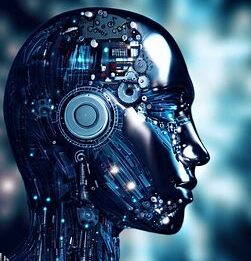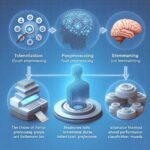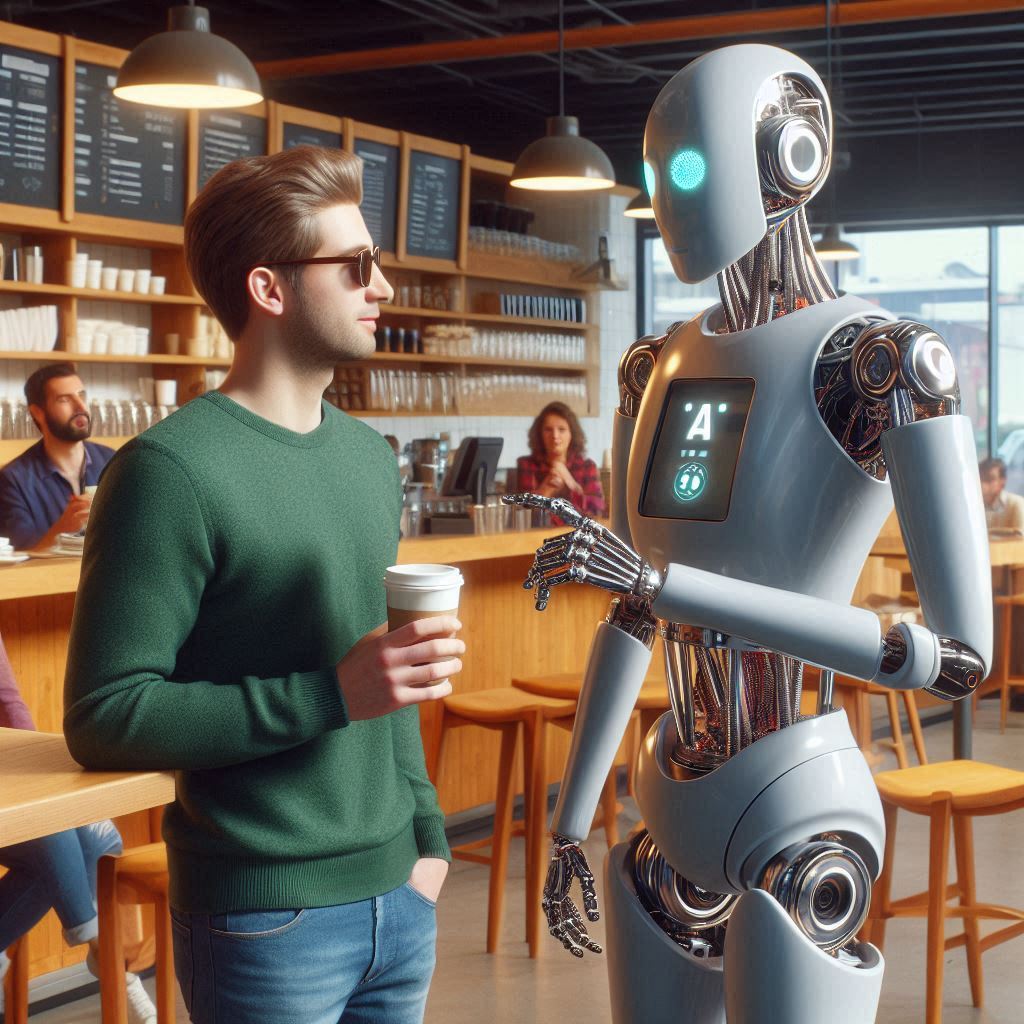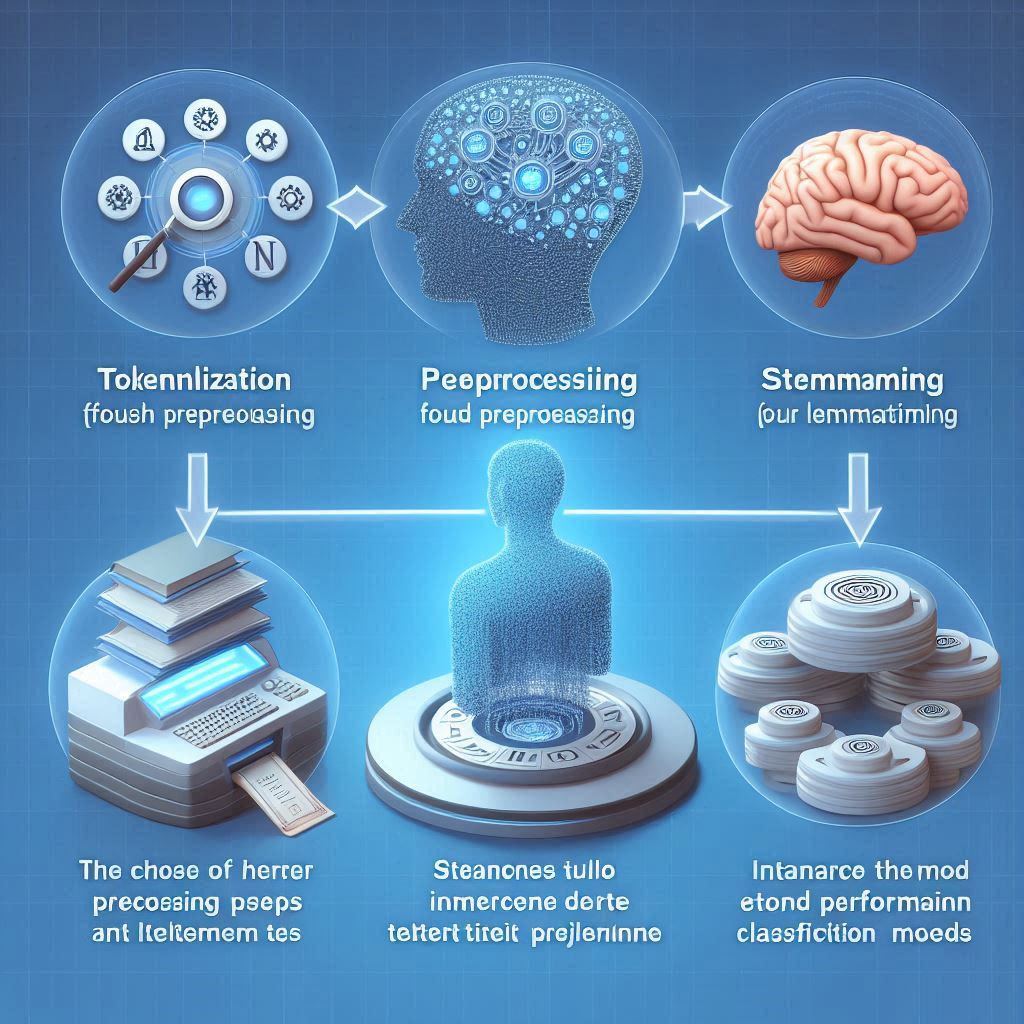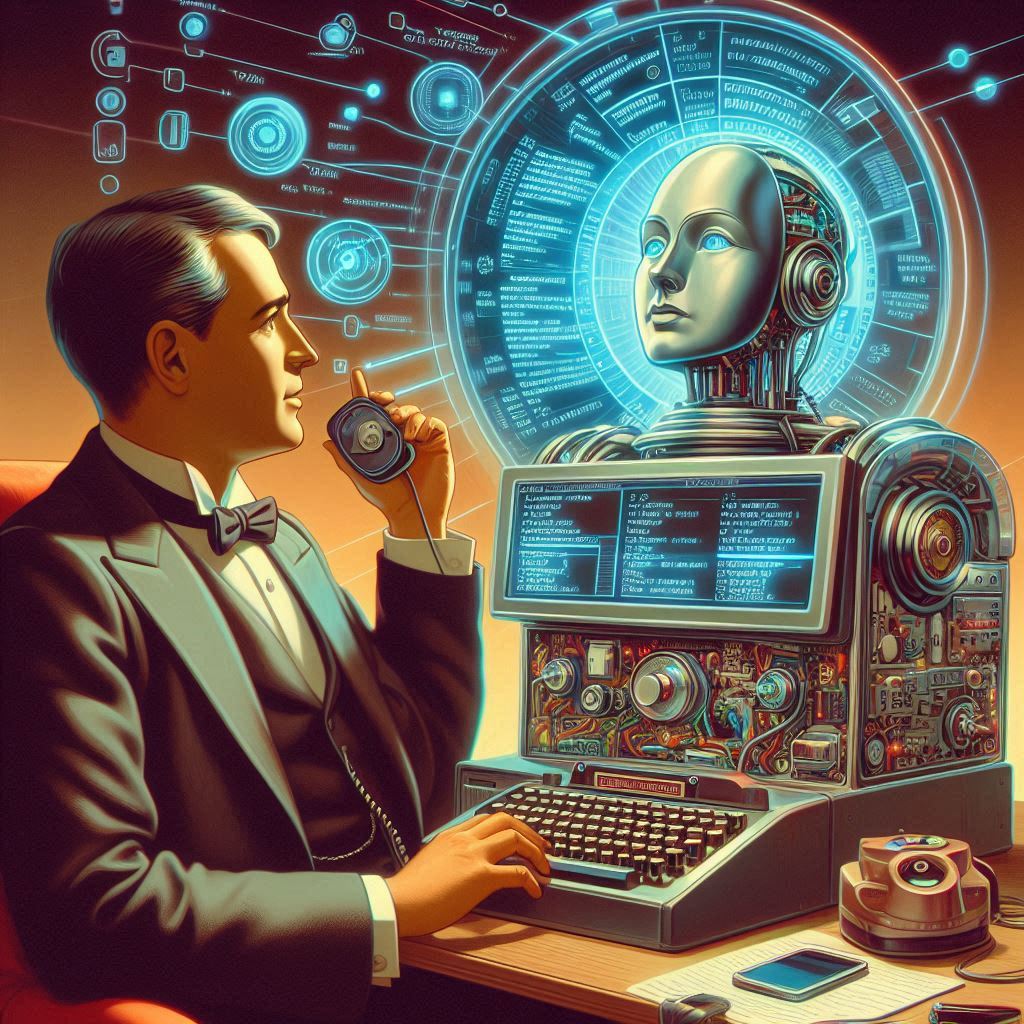What is ChatGPT?
ChatGPT is a natural language processing (NLP) system developed by OpenAI. It uses a combination of supervised, unsupervised, and reinforcement learning to generate natural language responses to user input. ChatGPT is based on GPT-3, an advanced language model that has been trained on a massive amount of text data. This makes it capable of understanding complex language structures and generating accurate responses.
ChatGPT is designed to be a conversational AI system that can interact with users in real-time. It is intended to be used for applications such as customer service, conversational bots, and natural language processing.
Supervised Learning Basics
Supervised learning is a type of machine learning where the algorithm is “trained” on labeled data. The labeled data is used to teach the algorithm how to make predictions and decisions. The labeled data is typically a set of input and output examples that the algorithm uses to learn how to map the input to the output.
For example, if we want to train a supervised learning algorithm to recognize cats in images, we would provide it with a set of labeled images of cats and non-cats. The algorithm would use this data to learn how to distinguish between cats and non-cats.
Unsupervised Learning Explained
Unsupervised learning is a type of machine learning where the algorithm is not given any labeled data. Instead, the algorithm is given a dataset and is expected to find patterns and structure in the data.
For example, if we want to train an unsupervised learning algorithm to recognize cats in images, we would provide it with a set of unlabeled images of cats and non-cats. The algorithm would then use this data to learn how to distinguish between cats and non-cats.
Reinforcement Learning Demystified
Reinforcement learning is a type of machine learning where the algorithm is rewarded or punished for its actions. The algorithm is given a goal and is expected to learn how to reach that goal by trial and error.
Reinforcement learning is a type of machine learning where an agent learns to make decisions by receiving feedback in the form of rewards or punishments. The goal of the algorithm is to learn an optimal strategy for maximizing its cumulative reward over time by taking actions in an environment. This is achieved through a process of trial-and-error, where the algorithm learns from its experiences to improve its decision-making ability.
For example, if we want to train a reinforcement learning algorithm to recognize cats in images, we would provide it with a set of images of cats and non-cats. The algorithm would then use this data to learn how to distinguish between cats and non-cats. The algorithm would be rewarded for correctly identifying cats and punished for incorrectly identifying non-cats.
Training a reinforcement learning algorithm to recognize cats would typically not give a pre-determined goal. Instead, the goal would be for the algorithm to learn how to classify images as containing either cats or non-cats based on the feedback it receives in the form of rewards or punishments. The algorithm would need to explore different strategies for classifying images and learn from its successes and failures to improve its performance over time.
Reinforcement learning algorithms are widely used in a variety of applications, such as robotics, game playing, and finance, among others. Some common algorithms used in reinforcement learning include Q-Learning, SARSA, and Deep Reinforcement Learning.
ChatGPT: Supervised Learning
ChatGPT uses supervised learning to generate natural language responses to user input. It is trained on a large dataset of text conversations, which it uses to learn how to generate responses that are both accurate and natural-sounding.
ChatGPT is an impressive example of the capabilities of generative artificial intelligence. Through supervised learning, ChatGPT is trained to generate responses that are faithfully accurate and natural-sounding, making it a powerful tool for a wide range of applications including customer service, education, and even creative writing. By analyzing a large dataset of text conversations, ChatGPT is able to learn how to respond to user inputs in a way that is contextually appropriate and effective. As a result, ChatGPT offers the potential for significant advancements in natural language processing, creating increasingly authentic interactions between humans and machines.
For example, if a user inputs the sentence “What is the weather like today?”, ChatGPT would use supervised learning to generate a response such as “It is sunny and warm”.
ChatGPT: Unsupervised Learning
ChatGPT also uses unsupervised learning to generate natural language responses. It is trained on a large dataset of text conversations, which it uses to learn how to generate responses that are both accurate and natural-sounding.
For example, if a user inputs the sentence “What is the best restaurant in town?”, ChatGPT would use unsupervised learning to generate a response such as “The best restaurant in town is The Olive Garden”.
ChatGPT: Reinforcement Learning
ChatGPT also uses reinforcement learning to generate natural language responses. It is trained on a large dataset of text conversations, which it uses to learn how to generate responses that are both accurate and natural-sounding.
For example, if a user inputs the sentence “What is the best way to get to the airport?”, ChatGPT would use reinforcement learning to generate a response such as “The best way to get to the airport is by taking the train”.
Pros & Cons of Supervised Learning
The main advantage of supervised learning is that it is relatively easy to implement and can produce accurate results. However, it can be time-consuming to train the algorithm on labeled data and can be prone to overfitting.
Pros & Cons of Unsupervised Learning
The main advantage of unsupervised learning is that it is relatively easy to implement and can produce accurate results without the need for labeled data. However, it can be difficult to interpret the results and can be prone to overfitting.
Pros & Cons of Reinforcement Learning
The main advantage of reinforcement learning is that it is relatively easy to implement and can produce accurate results without the need for labeled data. Additionally, it can learn from its mistakes and can be used to solve complex problems. However, it can be difficult to interpret the results and can be computationally expensive.
Comparing Supervised, Unsupervised, & Reinforcement Learning
Supervised learning is best used for tasks that require accurate predictions and decisions, such as image recognition and text classification. Unsupervised learning is best used for tasks that require the detection of patterns and structure in data, such as clustering and anomaly detection. Reinforcement learning is best used for tasks that require the optimization of a goal, such as robotics and game playing.
ChatGPT: What’s the Difference?
ChatGPT is a natural language processing system that uses a combination of supervised, unsupervised, and reinforcement learning to generate natural language responses to user input. The main difference between these three types of learning is the type of data they use. Supervised learning uses labeled data, unsupervised learning uses unlabeled data, and reinforcement learning uses reward and punishment.
Supervised Learning, Unsupervised Learning and Reinforcement Learning in Summary
ChatGPT is a natural language processing system that uses a combination of supervised, unsupervised, and reinforcement learning to generate natural language responses to user input. The main difference between these three types of learning is the type of data they use. Supervised learning uses labeled data, unsupervised learning uses unlabeled data, and reinforcement learning uses reward and punishment. Each type of learning has its own advantages and disadvantages, and can be used for different tasks. In summary, supervised learning is best for tasks that require accurate predictions and decisions, unsupervised learning is best for tasks that require the detection of patterns and structure in data, and reinforcement learning is best for tasks that require the optimization of a goal.
